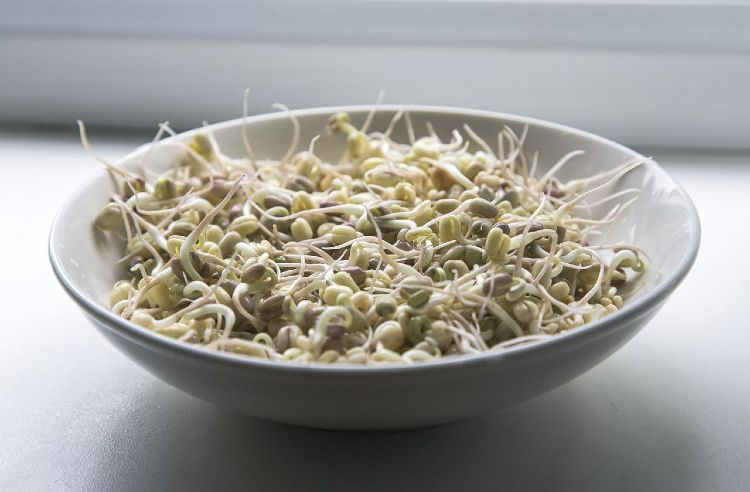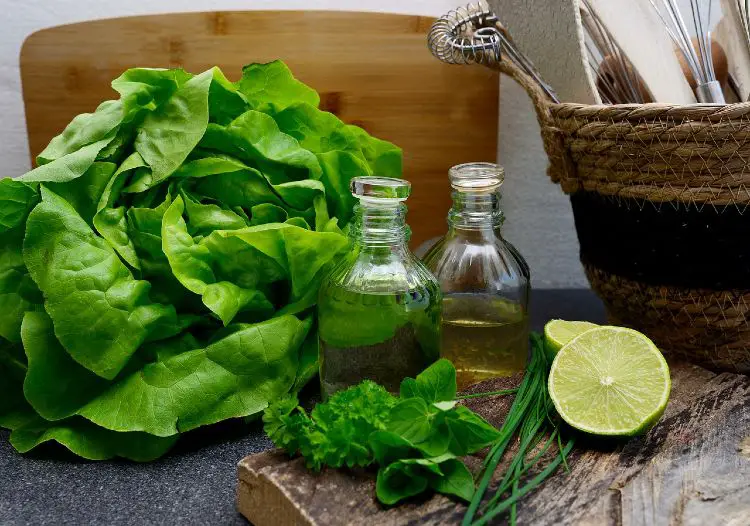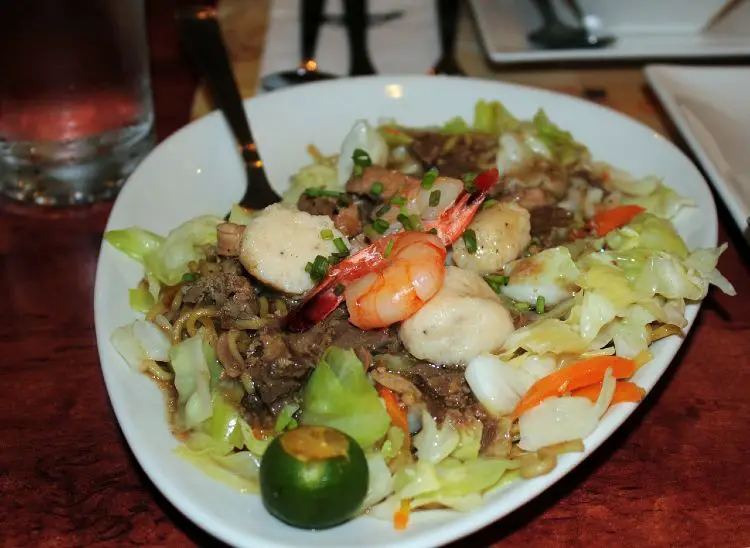Cookery of The Veneto
Ask any foodie about their favourite recipes from the Veneto region of Northern Italy and immediately they will think of Venetian holidays. La Serenissima is indeed considered the gastronomic centre of the region, and there is no doubt that the cooking of Venice has had enormous influence on the way in which foreigners view the entire repertoire of the Veneto, as if Venice was the only important destination.
There are, in fact, seven different provinces within the region of the Veneto: Venezia, Treviso, Belluno, Vicenza, Padova, Rovigo and Verona. Each one has its own distinct ingredients, recipes and gastronomic heritage, and there is often rivalry, even between villages, as to who has the best cookery traditions. “My Nonna is the best cook!” says every Italian child I have ever met, and even in adulthood their opinions are ingrained. Italians are gastronomically parochial and familial.
There is one book you must read before you go, “Venice” by Jan Morris, published by Faber and Faber, as with it you will learn a great deal about the history of the city, because it is the story of its past that will help you to understand the Venetian food of today.
First and foremost, Venice is a series of islands, landfalls jutting out of a series of lagoons. Its dwellers originally built their villages there because they were escaping from marauding Gothic and Lombard tribes from the north. They worked hard, prospered and became, by the time of the Renaissance, the most important silk, spice and food merchants in the world, trading with the near, middle and far east. Venice was the centre of the world’s spice trade, and that is why, to this day, its food is quite exotic by more traditional Italian standards. It is the only province in Italy that uses curry powder, for example, its biscuits and cakes are flavoured with cinnamon, its fish cooked in sweet and sour flavours, in “saor”, and nutmeg is used to flavour meat and vegetables.
You might well follow a normal guide book, and reserve a table at Harry’s Bar, where no doubt you will eat extremely well (and pay a king’s ransom). Don’t forget to order the risotto with curried prawns, it is one of their signature dishes, as well as the Zabaglione cakes. But if you are prepared to venture off the beaten track, following Fred Plotkin’s excellent book, “Italy for the Gourmet traveller”, published by Kyle Cathie, you will find a whole host of more homely mamma and papa trattorie, osterie and bars. There are three café-bars I would never miss when I am in and around St. Mark’s square and they are Caffe Florian, Caffe Lavena and Caffe Quadri, as much for the architecture, ambiance and art work as for the espresso, macchiato, caffelatte, pasticcini and bread rolls stuffed with prosciutto. I love dining at Alla Madonna and Da Ivo, where the Venetian families go, with the bambini, nonne and amici in tow. I love to eat the “Fegato alla Veneziana”, Venetian liver, and the “Risotto al Radicchio”, when the Trevisano leaves are in season. In spring do not miss “Risi e Bisi”, the wavy risotto of fresh peas, and small poussin chicken, twice stuffed with fresh herbs.
You may well wish just to dine on lots and lots of cicheti ( sometimes spelled “cicchetti”) instead of a formal meal, and they are like little tapas or canapés, topped with the huge array of fish found in the lagoon and seasonal, fresh vegetables which are sold in large wooden crates at the Rialto bridge market. In the shadow of a bar’s awning you might drink an ombra, or evening aperitivo, watching the beautiful, elegant women pass by during their passeggiata. You can get cicheti at a bacaro, which is really the equivalent of a wine bar. A very good one is called Cavatappi, which means corckscrew, in Campo della Guerra.
Once all the water, stone, marble and crowds have filled your senses, hire a car and drive around the rest of the Veneto, your exploring will pay huge dividends in terms of finding small, family run eateries where the locals eat like kings on the income of a contadino, smallholder. Stop around the small, tranquil villages dotted around Lago di Garda. Reserve a table at Villa Feltrinelli, on the western shores, Mussolini’s former residence. There they will serve you soft, wavy risotto with little chicken livers, or warm, soft, buttery polenta with a rich duck ragu sauce. The olive oil and the lemons from Garda are amongst the best in Italy, and do try the sorbetto di limone and the lemon and mascarpone cake. The wines of the region, Bardolino, Valpolicella, Amarone, Bianco di Custoza and Soave can all be enjoyed by the glass.
Why not start, though, with a delicious glass of cold Prosecco, the celebratory drink of the Veneto? Of course, with freshly squeezed peach juice you can have a wonderful, seasonal Bellini, but why not also try a Mimosa? This is made with freshly squeezed orange or mandarin juice poured into a champagne flute, and ice cold Prosecco is added. There is no need to stir, because the bubbles of the Prosecco do all the stirring necessary. “Salute! Auguri! Tante belle cose!”, you will hear the Italians cheer as they celebrate ( in translation: “Good health! Good wishes! Lots of beautiful things!”)
On your way through the countryside, make sure you do not miss Bassano, the centre of Italy’s grappa production, as well as white asparagus farms and maiolica ceramics. I can heartily recommend staying at Villa Cipriani at Asolo nearby. It is very reasonable in price out of season, albeit heinously expensive during the school holidays. During a quiet, cool afternoon, take a walk around the town, the passeggiata, you will be so enchanted, you will not want to leave. Thoughts of a second home, or early retirement will fill your head. Flowers abound left and right and the little cobbled streets are home to children playing, sweet scented jasmines and brightly coloured bougainvilleas tumbling from walls. Terracotta pots filled with citrus fruits, pastel oleanders and variegated pelargoniums line the tempting boutique walk ways.
Make your way into Treviso, one of the loveliest, most charming towns of the Veneto, and park as near as you can near Via Palestro and Via Pescheria, where the food market takes place. Lunch at Trattoria Toni del Spin is a feast of local specialities, and do not miss the Pasta e Fagioli soup, with small, white beans, a rich tomato soupy broth and small ditalini pasta. This is the home town of tiramisu, and you can enjoy it here the way it should be made, with homemade savoiardi, fresh (not UHT) mascarpone cream cheese, grated dark chocolate and very strong espresso.
If you go to Verona, I recommend another foodie pit-stop; crack the piggy bank open and dine at Ristorante 12 Apostoli. It is very good across the Menu, but make sure you save a space for the cheese trolley, wheeled into the room by proud, cool waiters with great pomp. Italians do cheese pomp like no other race. I love a thin slice of Asiago, its firm, moist creaminess melting in the mouth, the saltiness and piquancy tamed by a good glass of Cabernet Sauvignon from Friuli’s Colli Orientali.
Verona is the home of orchard fruits, and if you go in summer the apricots, peaches and figs are not to be missed, either in a Macedonia fruit salad or in tarts, cakes and pastries. The local fruit jams served at breakfast are unmissable.
Throughout the Veneto, the main starter dishes, Primi Corsi, are polenta and risotto. There is really only one type of pasta from this region, and that is bigoli, which are a kind of wholemeal spaghetti, served in an anchovy butter sauce.
Wherever you go in the region, you will be constantly reminded of how proud the Veneti are of their cooking, their traditional ingredients and the land that produces them. They have much to be proud of, for across all four seasons, the Veneto is one of Italy’s very finest foodie destinations.
If you go the Veneto, dear reader, do tell The Foodie Bugle all about it. We love to hear from foodies: [email protected].
Websites of interest:
www.caffeflorian.com
www.lavena.it
www.quadrivenice.com
www.villafeltrinelli.com
www.villaciprianiasolo.com
www.ristorantetonidelspin.com
www.12apostoli.it



